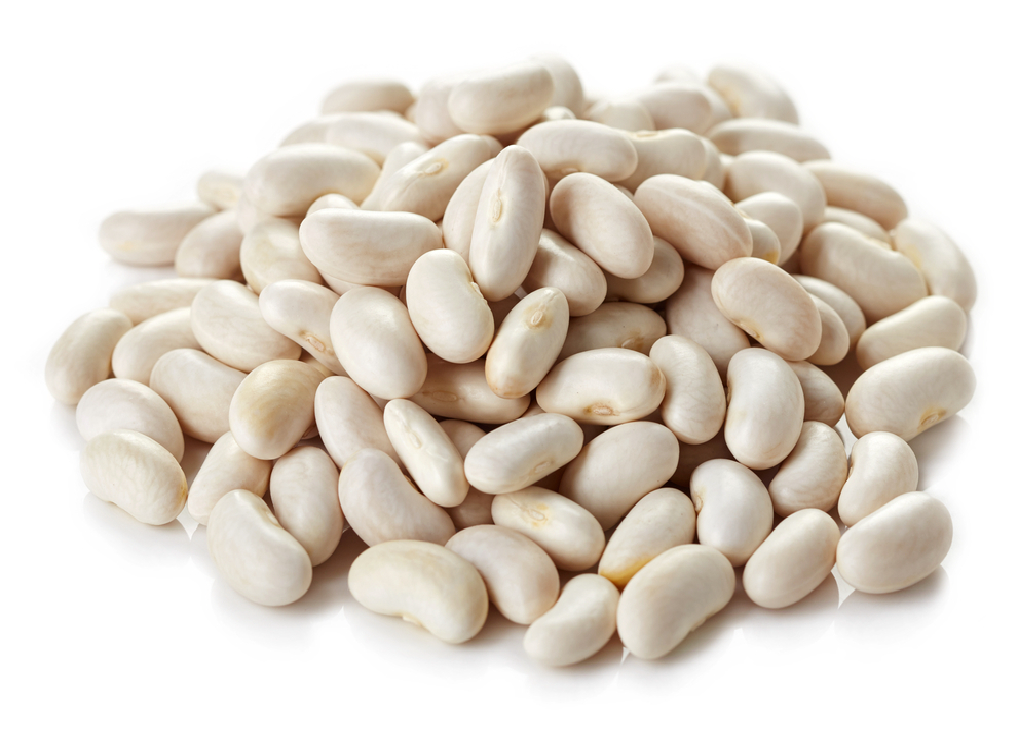
Seto simi (सेतो सिमी)
Seto Simi (white beans) is a significant legume in Nepal, known for its unique flavor, nutritional value, and versatility in cooking. Here’s an overview of its specialty and production in...
Get Seto simi (सेतो सिमी) From Nearby Stores
No Recommendations Available
We couldn't find any stores with Seto simi (सेतो सिमी) products at the moment.